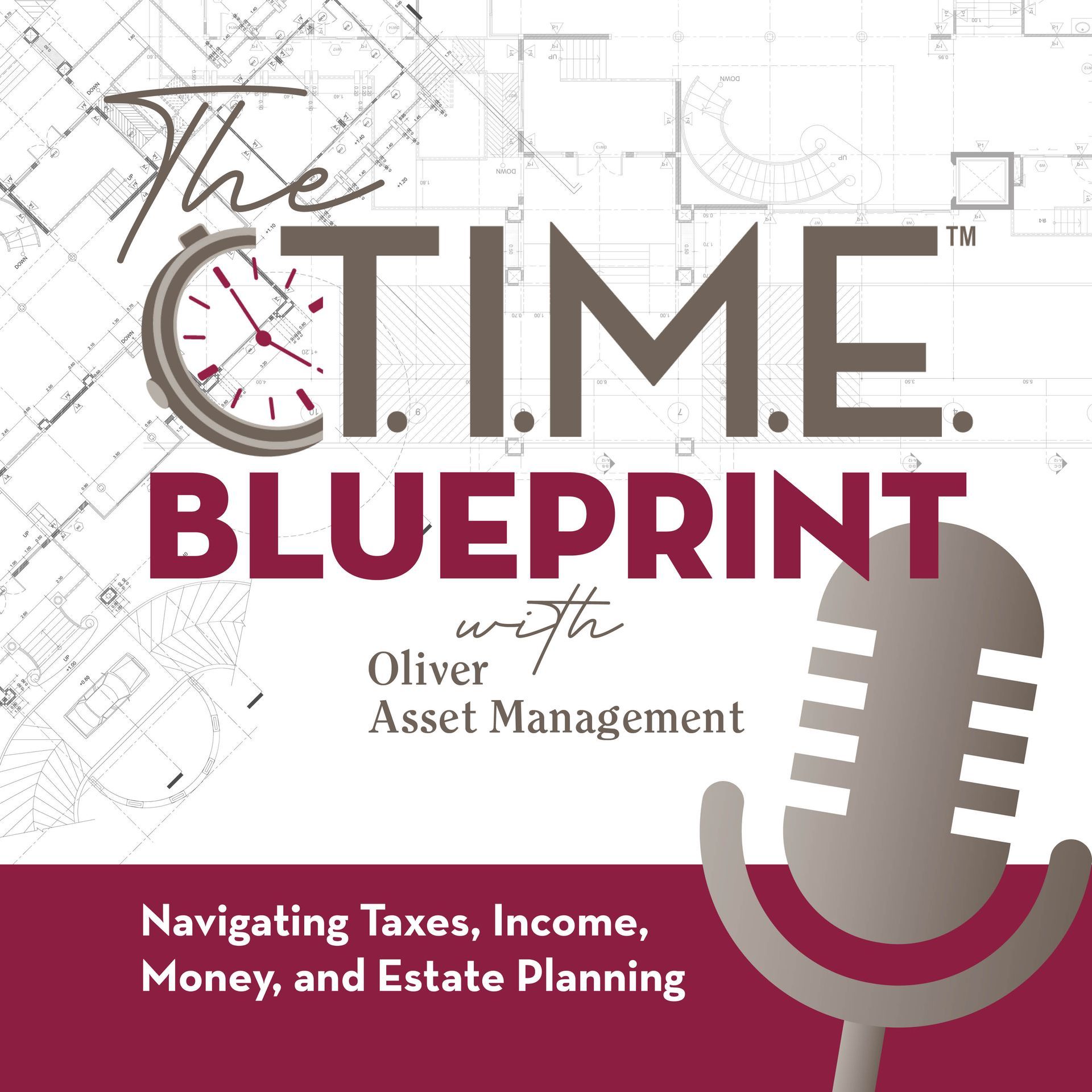What is the 10% penalty? A 10% early distribution penalty applies to taxable distributions made before age 59 ½. Distributions made after age 59 ½ are not subject to the 10% early distribution penalty.
Exceptions: Exceptions apply for withdrawals from company retirement plans for individuals who separate from service at age 55 or older, and for withdrawals from governmental defined contribution and defined benefit plans for public safety officials who separate from service with at 25 years of service or at age 50 or older. For SIMPLE IRAs, the penalty is 25% for the first two years in the plan, then reverts back to the 10% penalty in following years.
1) For distributions before age 59 ½, look for an exception to the penalty. The main exceptions are disability, death (distributions to beneficiaries are never subject to the penalty), medical expenses generally in excess of 7.5% of AGI (adjusted gross income) in the year of distribution, first-time home buyers, higher education expenses, qualified birth or adoption expenses, an IRS levy, health insurance for the unemployed receiving unemployment compensation for 12 consecutive weeks, terminal illness, and due to a federally declared disaster.
2) Make sure the exception you want to use applies to the type of plan you have. There are three categories of exceptions to the 10% early distribution penalty. Some exceptions apply to both IRAs and employer plans, some apply to IRAs only, and some apply to employer plans only. Be sure you use the right exception for your type of retirement account.
3) The expense must be in the same year as the IRA distribution. For exceptions such as the higher education expense and the medical expense, make sure the IRA distribution is made in the same year the expense is incurred.
4) Some exceptions apply when the distribution is used for a family member. Exceptions such as death and disability only apply to the account owner. Other exceptions apply to family members such as spouses, children or grandchildren. Check with your financial advisor to find out the requirements of any exception for which you think you might qualify.
5)
How to claim an exception.
Many times the IRA custodian or plan administrator will issue the 1099-R for the distribution with a code saying that the distribution is early and no known exception applies. Don’t give up. You should file IRS Form 5329 with your tax return to tell the IRS what exception you are claiming.






Advisory services offered through CreativeOne Wealth, LLC a Registered Investment Adviser. CreativeOne Wealth, LLC and Oliver Asset Management are unaffiliated entities.
Licensed Insurance Professional. Respond and learn how financial products, including life insurance and annuities can be used in various planning strategies for retirement. The information contained herein is based on our understanding of current tax law. The tax and legislative information may be subject to change and different interpretations. We recommend that you seek professional tax advice for applicability to your personal situation.
*Testimonials are based on unique experiences from current clients and are not representative of all client experiences. Testimonials are unsolicited and clients received no compensation (cash or non-cash). Past performance is no guarantee of future results. Testimonials are encouraged and welcomed from all prospects and clients. Investment advisory services offered through CreativeOne Wealth, LLC, a registered investment advisor. CreativeOne Wealth is not affiliated with Oliver Asset Management. Additional information about CreativeOne Wealth, LLC is available in its current disclosure documents, Form ADV, Form ADV Part 2A Brochure, and Client Relationship Summary report which are accessible online via the SEC’s Investment Adviser Public Disclosure (IAPD) database at www.adviserinfo.sec.gov, using CRD #281213.
Oliver Asset Management © 2023








